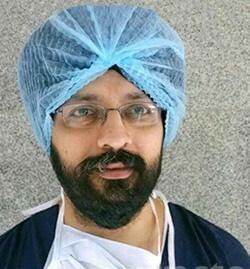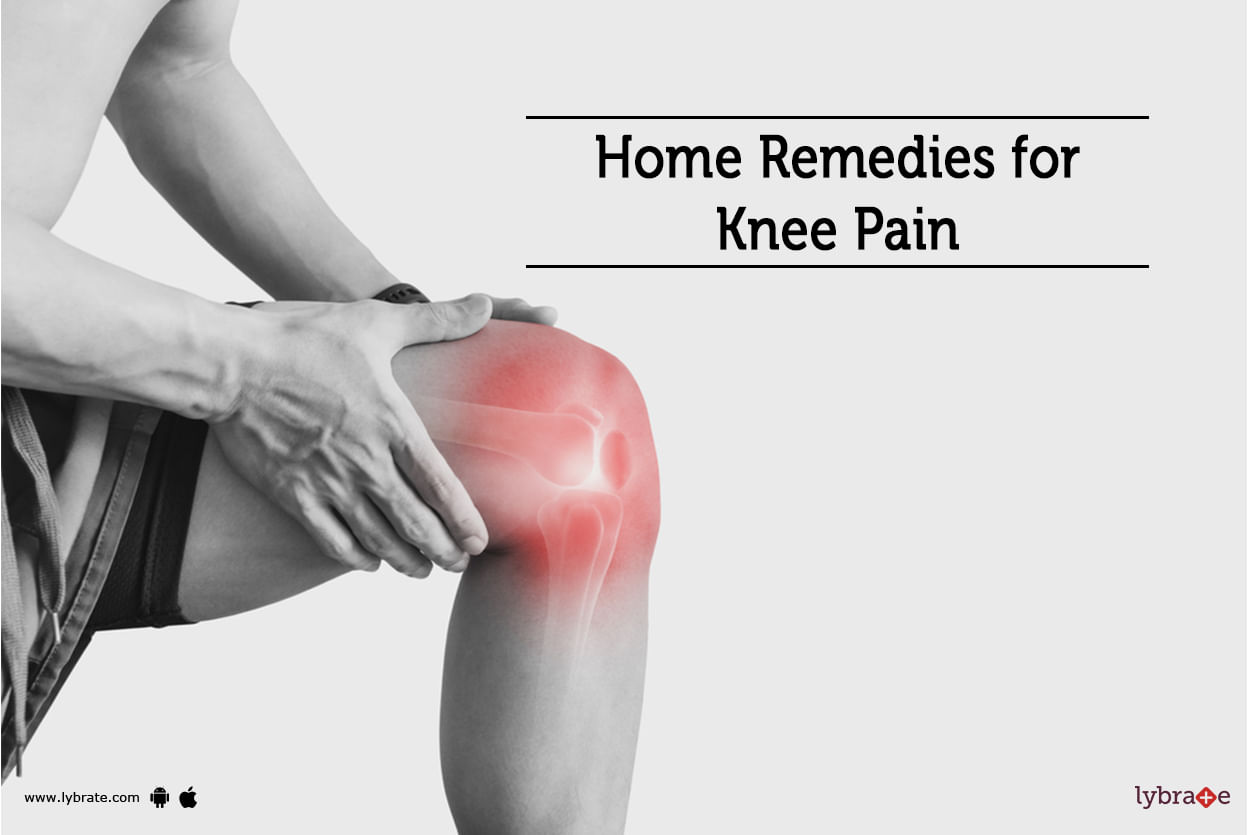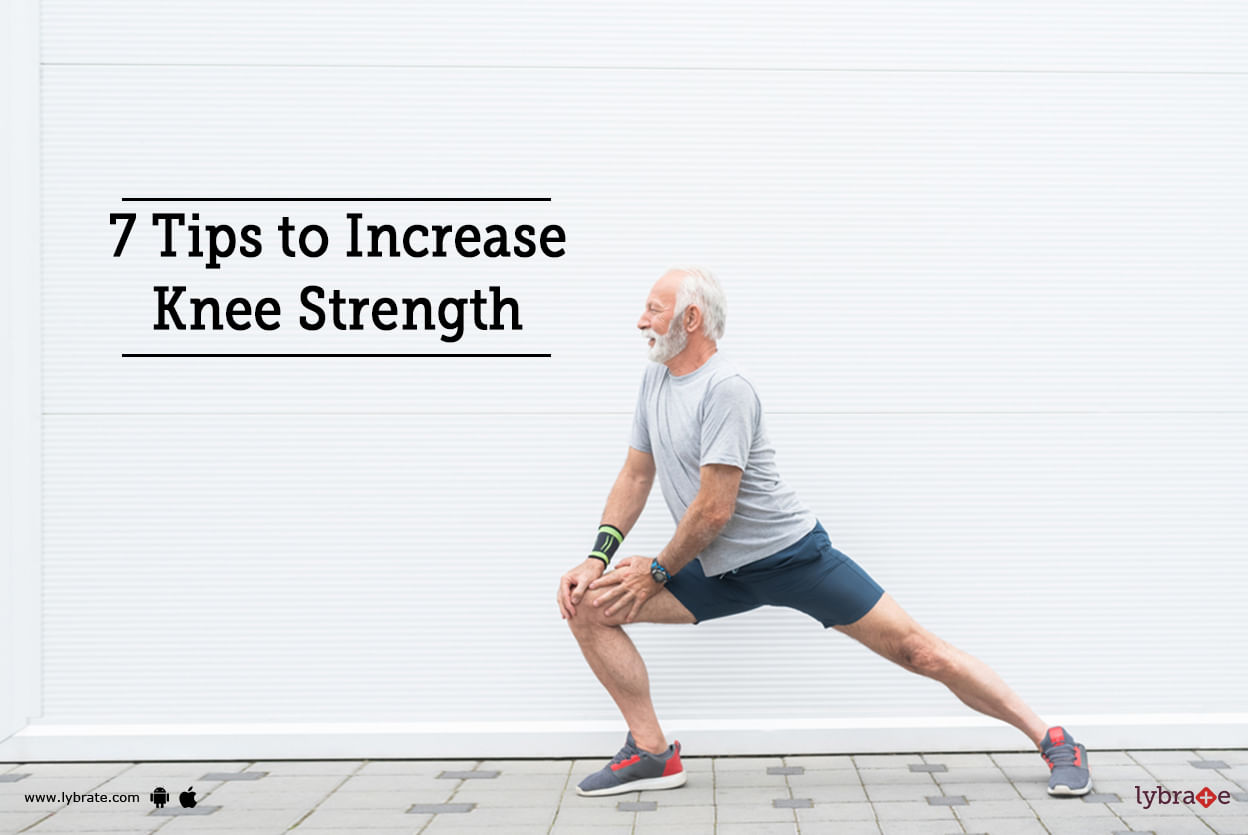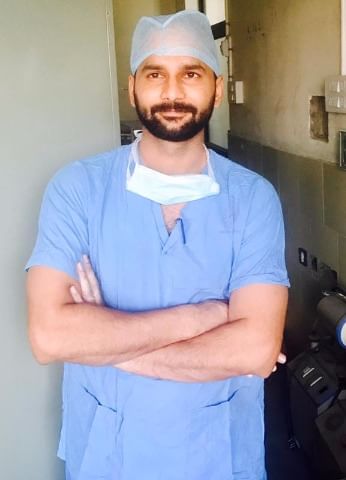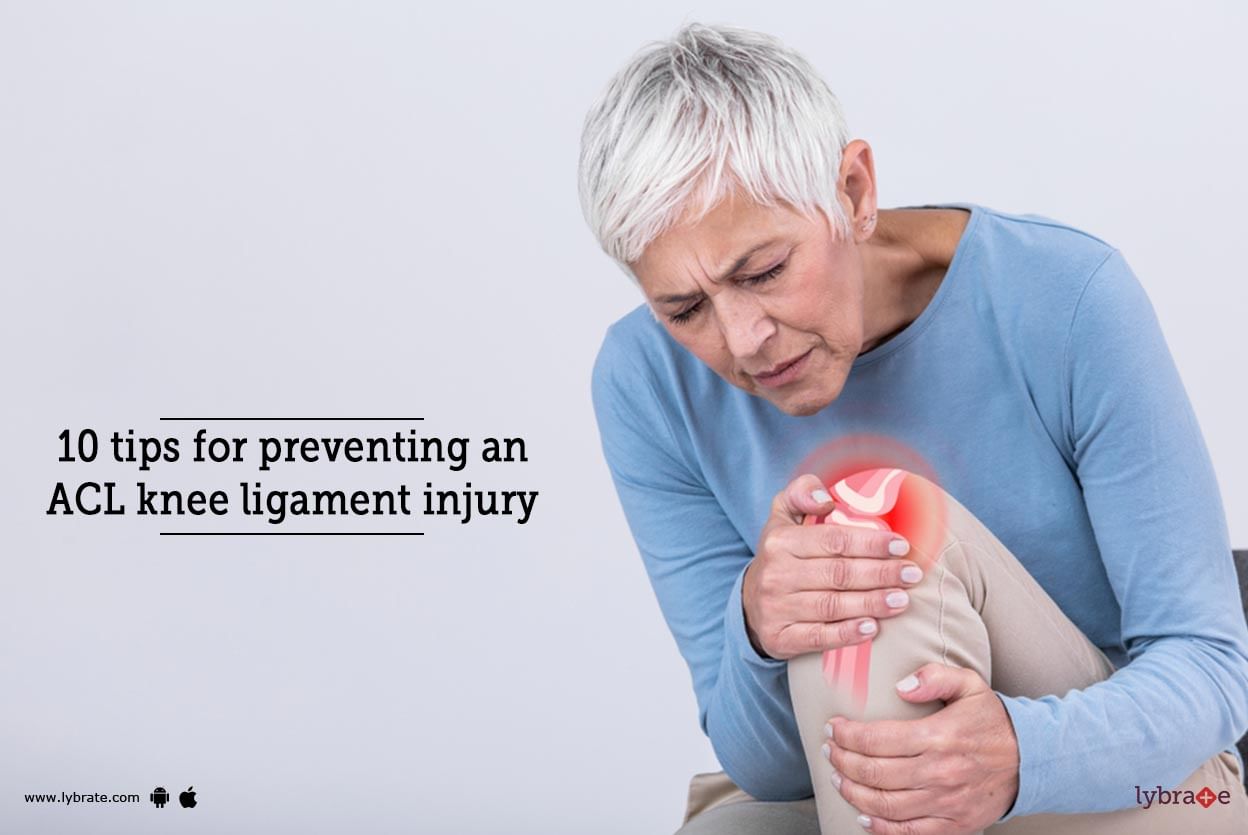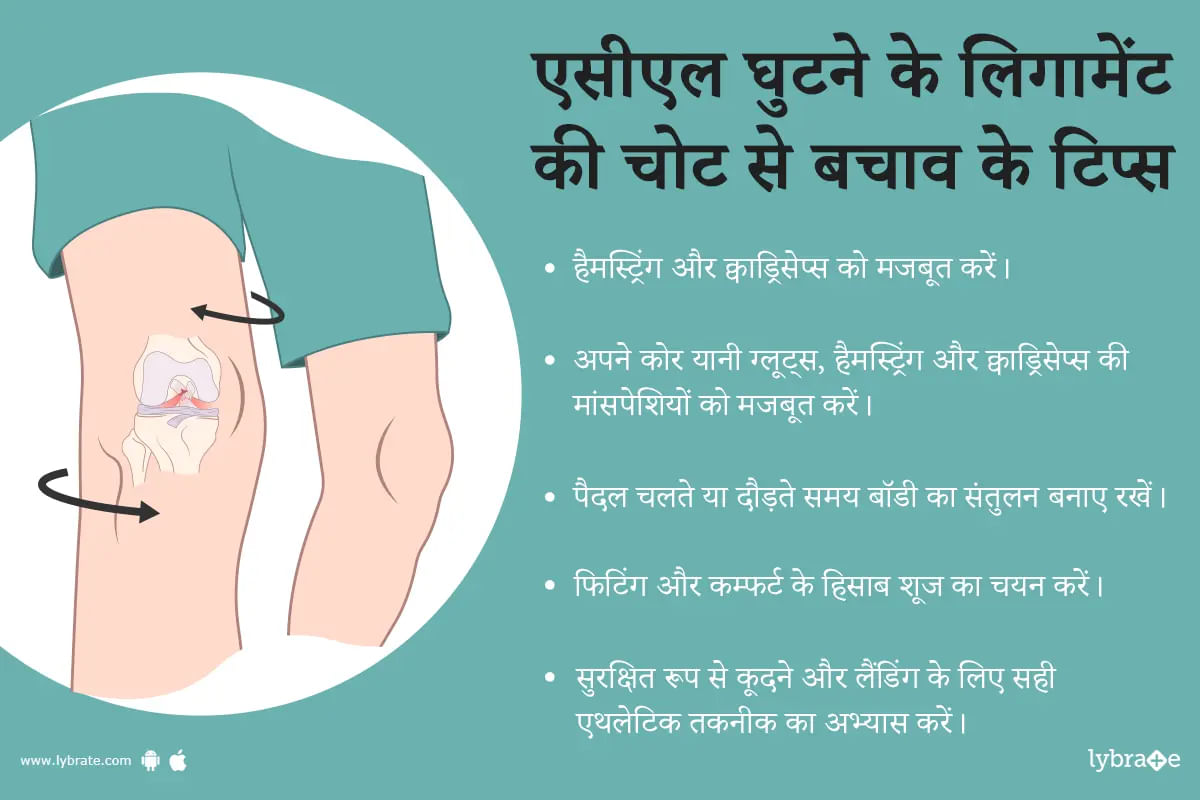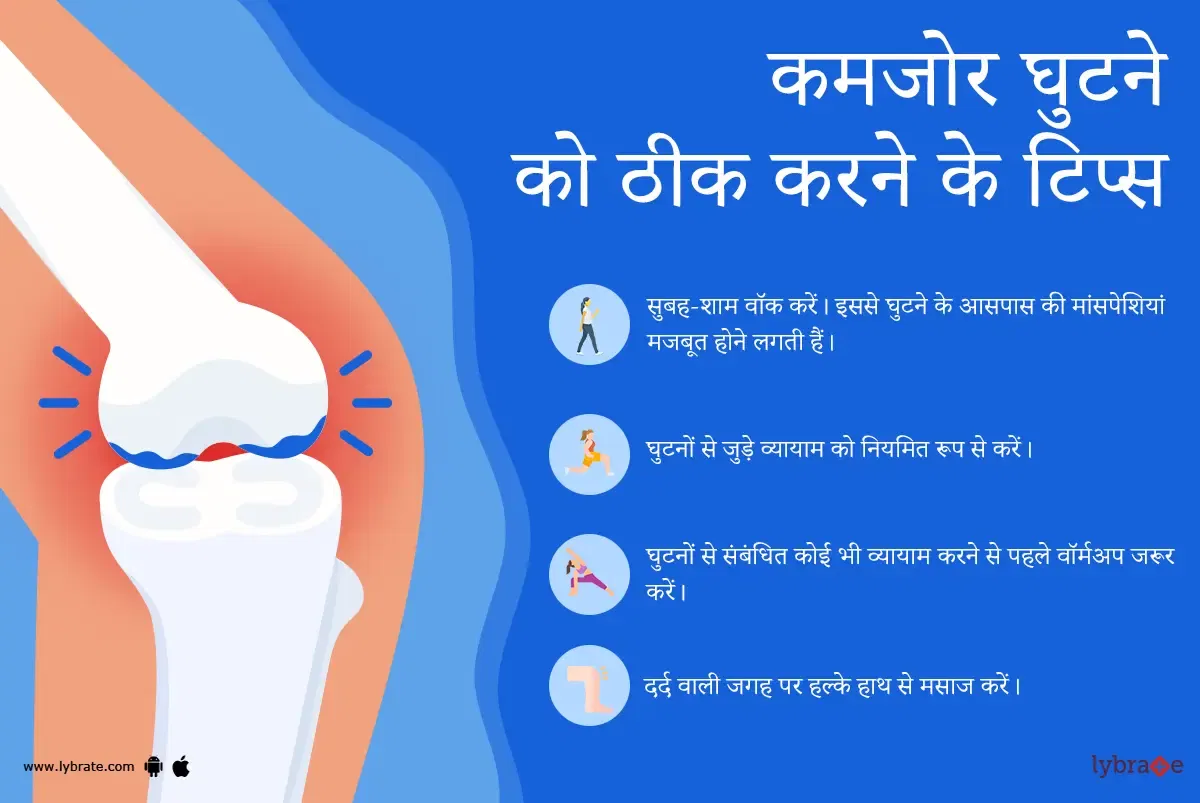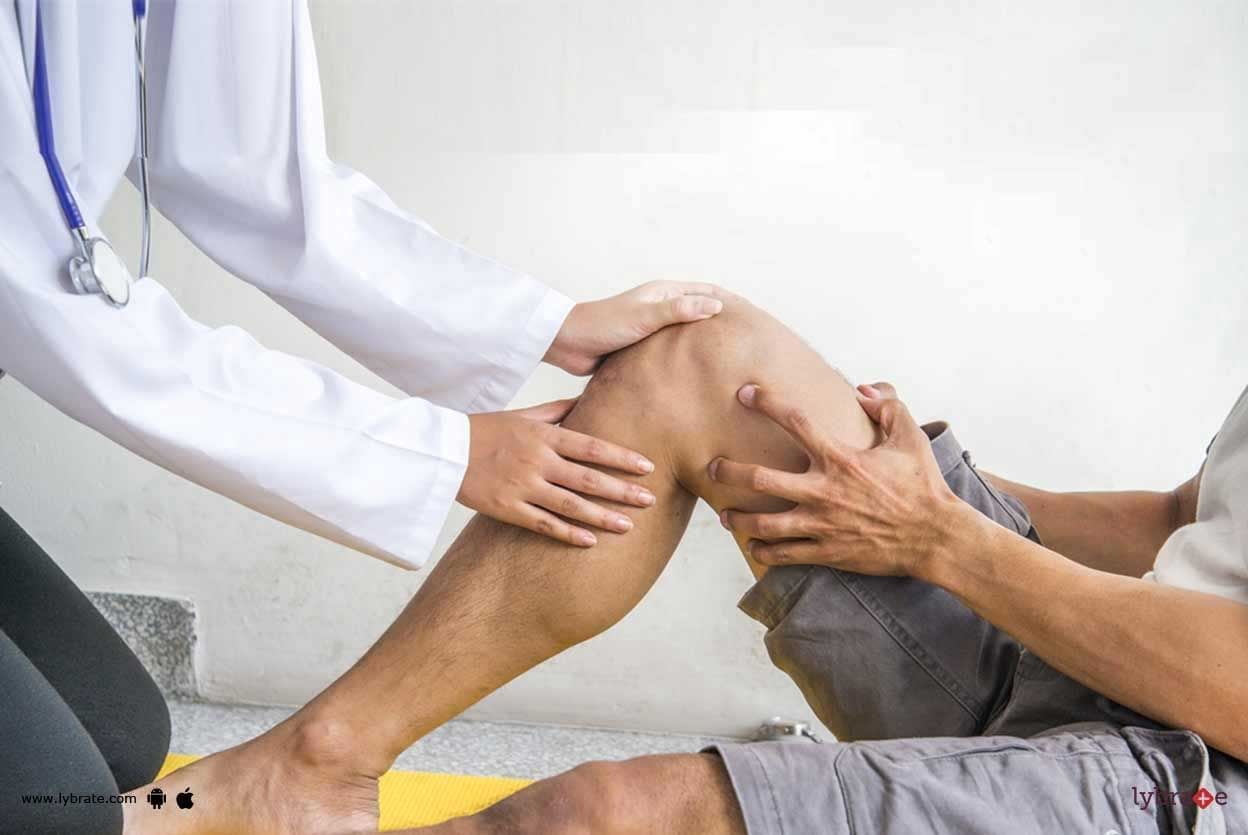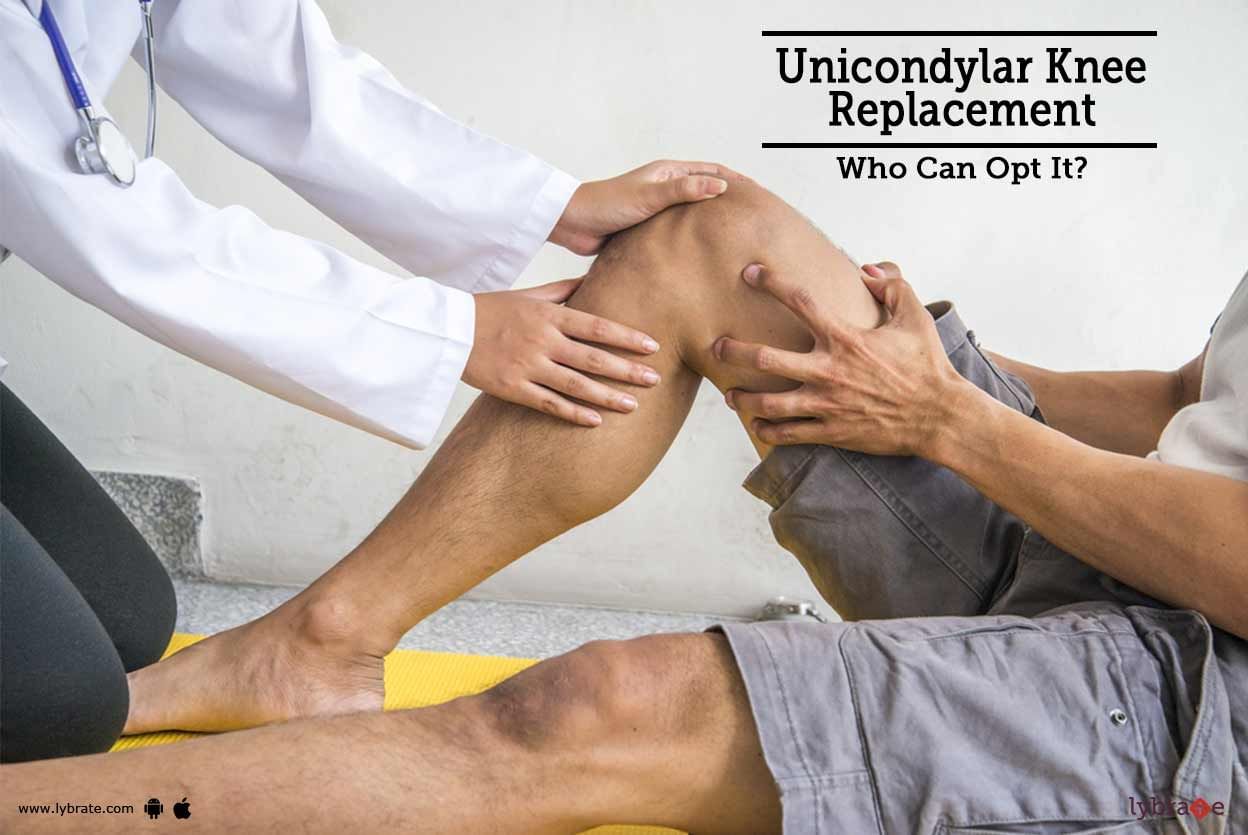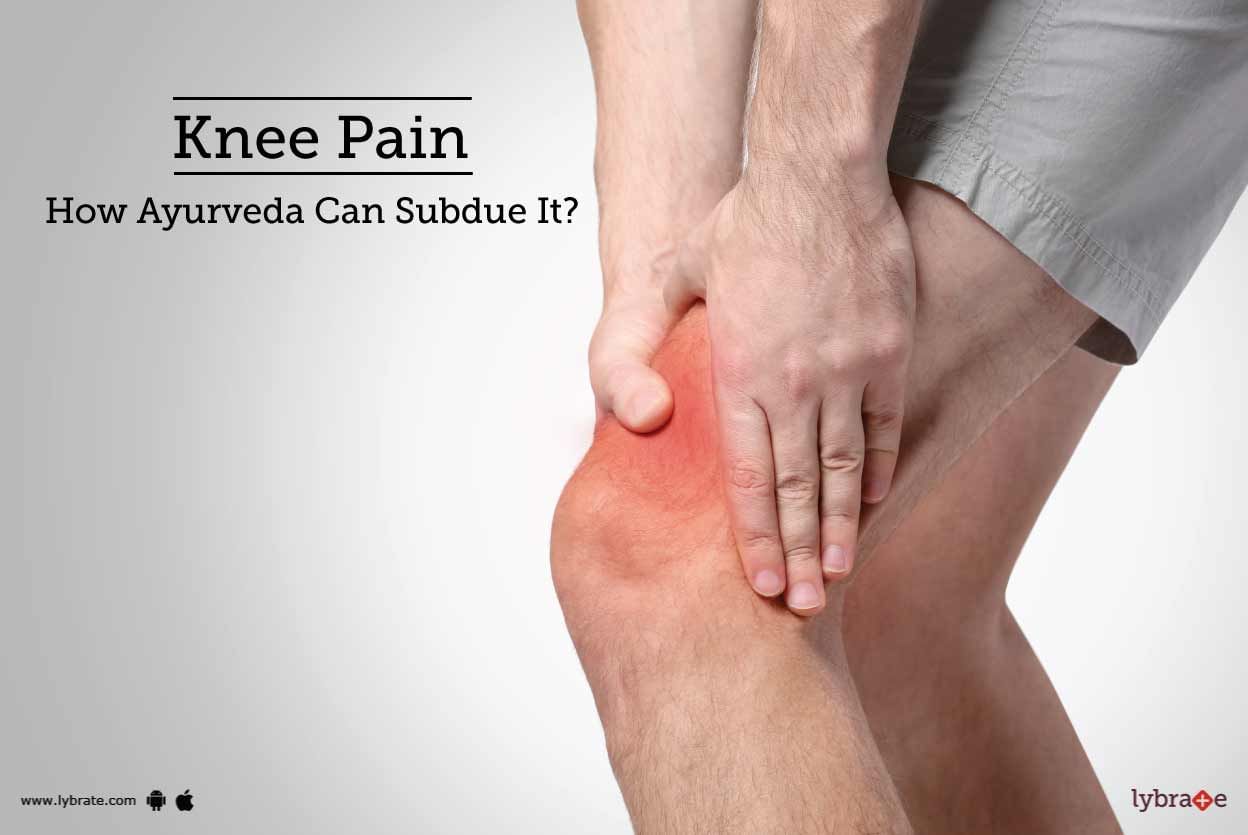Get the App
For Doctors
Login/Sign-up
About
Health Feed
Find Doctors
Health Packages
AllQ&AsTipsQuizzes
Knee Pain Tips
Last Updated: 2 years ago• Featured Tip
Share
Bookmark
Report
Dr. Chirag dalal
Https://www. Lybrate. Com/mumbai/doctor/dr-chirag-dalal-orthopedist-1
Ms - orthopaedics
14 years experience 800 - 1000 at clinic 500 online
Having earned his Ms. In orthopaedics from mgm medical college navi mumbai in 2008, Dr. Chirag dalal is a superb orthopedist. His patients have benefited greatly from his extensive knowledge in treating joint issues. Dr. Dalal is a specialist in knee pain and has re...more
Last Updated: 3 years ago• Featured Tip
Share
Bookmark
Report
Dr. Rakesh kumar
Https://www. Lybrate. Com/delhi/doctor/dr-rakesh-kumar-orthopedist-2
Ms - orthopaedics, mbbs
22 years experience 500 - 650 at clinic 500 online
;
Dr. Rakesh kumar mbbs and m. Ch is an orthopedic doctor with 22 years of experience in the field. He has worked at anuraksha specialised orthopaedic clinic for the last 12 years and has been treating patients with knee pain, joint stiffness...more
373 people found this helpful
Last Updated: 3 years ago• Featured Tip
Share
Bookmark
Report
Knee pain is not just something that elderly people experience or often complain of. In fact, knee pain is a condition that can affect any individual person at any age. You should also know that joint pain in general is something that a lot of people suffer from, but it is especially common in the knees.
As we age, we might start to experience aches and pains in our joints due to tissue degeneration. Knee joint pain, for instance, can be caused by overuse of the join...more
495 people found this helpful
Last Updated: 3 years ago• Featured Tip
Share
Bookmark
Report
For people who are athletes or have a family medical history involving osteoporos, at some point of your life you will have to suffer through knee injury. There are certain training programs which help you to prevent yourself from any kind of knee injury. The training could be different for a different person depending upon the body structure and preference of the person. The training could be flexibility exercises, agility drills, strength training and plyometric training. ;...more
255 people found this helpful
Last Updated: 3 years ago• Featured Tip
Share
Bookmark
Report
Anterior cruciate ligament (acl) is one of the strongest bands of tissue that helps to connect our thigh bone (femur) with our shinbone (tibia). Acl injuries mainly happen to sportspersons, sports which involve sudden and unexpected stops or changes in direction, jumping and landing have high risk of causing acl injury. For example hockey, basketball, football, downhill skiing etc.
It has been observed and noticed that mostly a pop sound is felt or a" popping" sensation is felt in the knee w...more
It has been observed and noticed that mostly a pop sound is felt or a" popping" sensation is felt in the knee w...more
272 people found this helpful
Last Updated: 3 years ago• Featured Tip
Share
Bookmark
Report
घुटना हमारे शरीर के सबसे महत्वपूर्ण जोड़ों में से एक है।इसमें तीन मुख्य हड्डियां जुड़ती हैं: फीमर, या जांघ की हड्डी; टिबिया, या पिंडली की हड्डी; और पटेला, या घुटने की कटोरी।एंटीरियर क्रूसिएट लिगामेंट (एसीएल) घुटने के केंद्र में होता है और पैर के रोटेशन और टिबिया के आगे की गति को सीमित करता है। एसीएल अक्सर अचानक पैर के मुड़ने से घायल हो जाता है। आप जिस दिशा में जा रहे हैं अगर तुरंत उसे बदलकर दूसरी दिशा में घूम जाते है तो आप अपने एसीएल को घायल कर सकते हैं। दौड़ते समय अचानक रुक ...more
Last Updated: 3 years ago• Featured Tip
Share
Bookmark
Report
घुटना शरीर के सबसे महत्वपूर्ण जोड़ों में से एक है। यह आपके शरीर का पूरा भार उठाता है। इसी के सहारे आपकी दिनभर की गतिविधियां जैसे बैठना, चलना, और दौड़ना संभव हो पाती है।इसीलिए जब आपका वज़न बढ़ता है तो घुटनों में दर्द की शिकायत भी बढ़ती है। पहले घुटनों के दर्द की समस्या अधेड़ उम्र में शुरु होती थी पर अब युवा और बच्चे भी इससे अछूते नहीं हैं। क्योंकि घुटनों के दर्द के पीछे अब कोई विशेष आयु नहीं बल्कि आपका अस्वस्थ्य लाइफस्टाइल भी ज़िम्मेदार है।आज हम आपको घुटनों की समस्या से उबरने और उन्हें मज़बूत कर...more
Last Updated: 5 years ago• Featured Tip
Share
Bookmark
Report
Knee rehabilitation is a major surgery that can take a toll on anybody s health and bouncing back can be quite a challenge. But don t be disheartened. You will be on your feet and traipsing around town effortlessly in no time if you follow a post-surgery protocol.
Brace Yourself:
Your preparation for knee care should start long before the surgery. Plan ahead and anticipate your needs. Read up articles on recovery post knee surgery, doctor s advice and testimonials from those wh...more
Brace Yourself:
Your preparation for knee care should start long before the surgery. Plan ahead and anticipate your needs. Read up articles on recovery post knee surgery, doctor s advice and testimonials from those wh...more
Last Updated: 5 years ago• Featured Tip
Share
Bookmark
Report
Knee problems can be quite annoying but if this problem becomes regular, it brings life to a standstill. The movement becomes restricted. Many associated problems slowly crop up. Thus, it is best to nip the problem in the bud. While some people might experience a problem in the full knee, in some people, only a single compartment (tissue or cartilage) of the knee may be affected. For such patients, Unicondylar Knee Replacement comes as a blessing.
The Unicondylar knee replacement, also ...more
The Unicondylar knee replacement, also ...more
Last Updated: 5 years ago• Featured Tip
Share
Bookmark
Report
Ayurveda is a very old system of medicine, which originated in India. Using herbs found in nature to cure various illnesses, knee pain can also be permanently cured with this method indigenous to India. It reduces knee pain caused by various illnesses including arthritis, inflammation of the cartilage and wearing of the patella among others.
Here are some common Ayurvedic remedies, which help reduce knee pain:
1. Alfalfa: Alfalfa is medically known as Medicago Sativa. Alfalfa ...more
Here are some common Ayurvedic remedies, which help reduce knee pain:
1. Alfalfa: Alfalfa is medically known as Medicago Sativa. Alfalfa ...more
Book appointment with top doctors for Knee Pain treatment
View fees, clinic timings and reviews
Ask a free question
Get FREE multiple opinions from Doctors
posted anonymously

